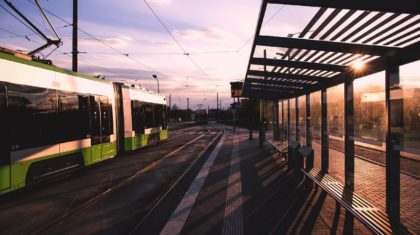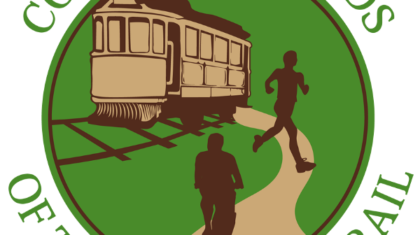
According to the National Transportation Safety Board (NTSB), speeding is one of the most common factors in motor vehicle crashes in the US. The NTSB reported that more than 112,500 people died in speeding-related US highway crashes from 2005–2014. Speeding is the cause of 10,000 deaths on US roadways each year.
High speeds have especially serious consequences for people walking and biking.

People walking and biking are less likely to survive a crash at higher speeds.

A study by the Governors Highway Safety Association (GHSA) found that in 2015, 720 bicyclists were killed and 45,000 bicyclists — 12,000 youth and 33,000 adults — were injured on US roadways. The GHSA also reports that the number of pedestrian fatalities in the United States increased by 25 percent from 2010 to 2015. According to a National Highway Traffic Safety Administration report, there were 5,376 pedestrian fatalities involving traffic crashes in 2015.




A Systemic Approach to Safety
The foundation for reducing speeding-related crashes is setting and designing to a target speed that is appropriate for the context. Our job as transportation professionals is not to defend past practices (i.e. how a street was previously designed or how to set speed limits), it is our job to evolve our practices to reflect the new societal needs/cultures, new environments, changes in land uses, or changes in a community or corridor. It is our duty to re-evaluate all the factors, which often times warrants new approaches to address the complex needs of today.
Designing “self-enforcing” streets that force people driving to slow down and pay attention to their surroundings is critical to reducing speeding-related crashes.
Reducing Speeds Through Design
Better bicycle infrastructure, traffic calming, and lower speed limits have great potential for reducing bicycle and pedestrian injuries and fatalities. Better street design includes improved intersection crossings, reduced street crossing distances, making people walking more visible, and slowing turning vehicles.






Local roads have three times as many traffic deaths as highways. The best work to reduce vehicle speeds can be done at the local level, where communities can be bold and innovative.
Tools Communities Can Embrace to Reduce Fatal Crashes
Complete Streets
“Complete Streets” provide facilities for all users; this is especially important on suburban arterials with high speeds and car-centric design. Complete Streets create opportunities for people to choose how they move through a community, while enhancing the function and character of a street through traffic calming, streetscape elements, and green infrastructure.


Traffic Calming
Traffic calming causes drivers to slow down by constricting the roadway space or by requiring careful maneuvering. Traffic calming can also lower vehicle volumes by physically or operationally re-configuring corridors and intersections.
Example traffic calming treatments include:










Roundabouts
Compared to stop-controlled and signalized intersections, roundabouts can reduce crashes where people are seriously hurt or killed by 78–82%. Additionally, emissions are lower because cars don’t need to accelerate from a complete stop.
At roundabouts, it is important to indicate to people driving, bicycling, and walking the right-of-way rules and correct way to circulate. pic.twitter.com/yDZmSNmA87
— Alta Planning + Design (@altaplanning) August 14, 2017
Fewer and Narrower Lanes
Four-lane undivided highways experience relatively high crash frequencies. A roadway reconfiguration known as a “road diet” offers several high-value improvements at a low cost. Resulting benefits of a road diet have shown to include a crash reduction of 19 to 47 percent, reduced vehicle speed, and improved mobility and access for all road users.


High Visibility Crosswalks
Including additional paint enhances a motorist’s awareness of a crosswalk. Near schools, crosswalks should be painted for additional visibility. In roadway lighting can further enhance crosswalk visibility. Crossing Beacons like the ‘Rectangular Rapid Flash Beacon (RRFB)’ can enhance the visibility of crosswalks marked by just paint. Flashing lights and additional signage alert motorists to the presence of crosswalks and pedestrian traffic.



Contributors:
Paula Flores, FITE, Principal, Alta Planning + Design
Bryan Jones, PE, AICP, Principal, Alta Planning + Design


